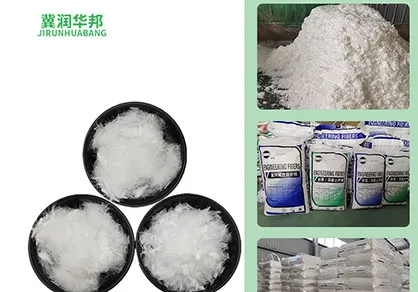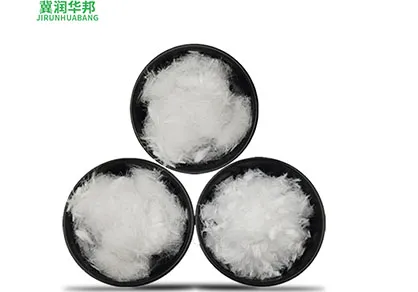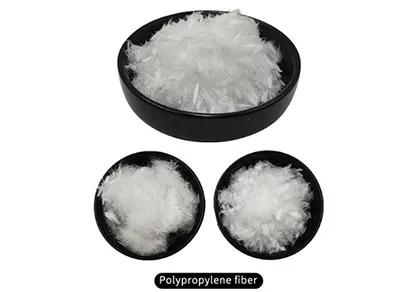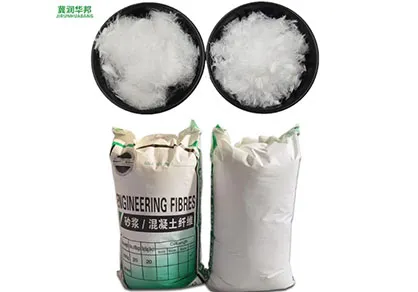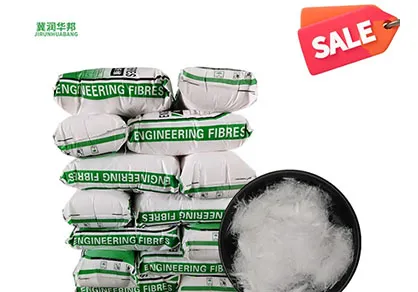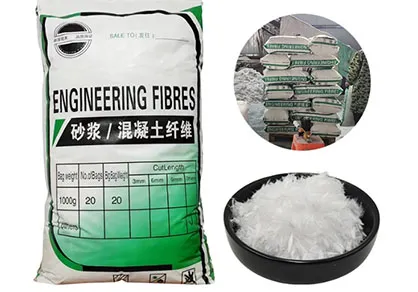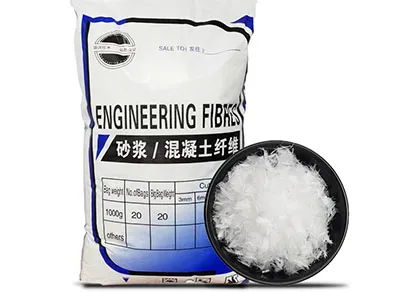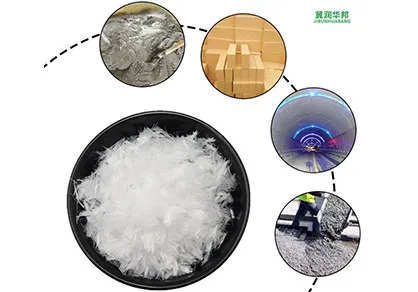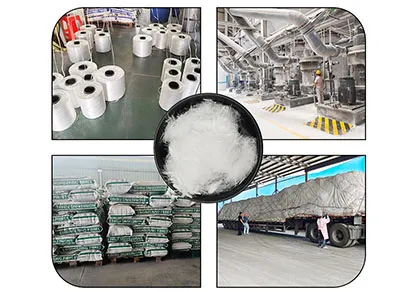The Application and Importance of Polypropylene Fiber
Back to list
polypropylene fiber, As an important synthetic fiber, it has been widely used in many fields due to its unique excellent properties. Polypropylene (PP) is a lightweight, corrosion-resistant, and UV resistant thermoplastic. Its fibers have good strength and toughness, low moisture absorption, and excellent chemical stability, which make polypropylene fibers an indispensable role in industry and daily life.
The application of polypropylene fiber in the construction industry is particularly significant
As a reinforcing material, polypropylene fibers for concrete can effectively improve the tensile strength and crack resistance of concrete, and reduce shrinkage cracking during the curing process. In addition, polypropylene fibers can also be used in geotechnical materials such as geotextiles and geogrids, and their permeability and tensile strength make them play an important role in hydraulic engineering, slope treatment, and channel protection. Through the rational application of polypropylene fiber properties, the service life and safety of buildings have been significantly improved.
In the clothing industry, polypropylene fiber is widely popular due to its lightweight and comfortable characteristics
Clothing made of polypropylene fibre not only has good breathability, but also effectively wicks sweat, making it suitable for the production of functional clothing such as sportswear and underwear. In addition, due to its excellent dyeing performance and color fastness, polypropylene fiber can also be used to make various brightly colored fashionable clothing, meeting the market's demand for diversity and personalization.
The application of polypropylene fiber in the medical field cannot be ignored
Due to its excellent biocompatibility and antibacterial properties, glass filled polypropylene properties are often used as surgical sutures and medical fabrics. The application of polypropylene fiber not only improves the safety of medical products, but also significantly reduces the risk of postoperative infection, providing a guarantee for the recovery of patients.
The potential of polypropylene fiber in environmental protection is increasingly being recognized
With the increasing attention to environmental protection, the recyclability of polypropylene fibers has made it an important option to replace traditional non environmentally friendly materials. In recent years, more and more research has been devoted to the recycling technology of polypropylene fibers, which not only reduces resource consumption but also promotes the development of circular economy.
In summary, glass filled PP properties, with their unique physical and chemical properties, are widely used in various fields such as construction, clothing, and healthcare, and have shown promising prospects in environmental protection. With the continuous advancement of technology and the diversification of market demand, the application scope of polypropylene fiber will continue to expand, and its importance will become increasingly prominent. Therefore, polypropylene fiber, as an important achievement in modern materials science, deserves further exploration and development.

